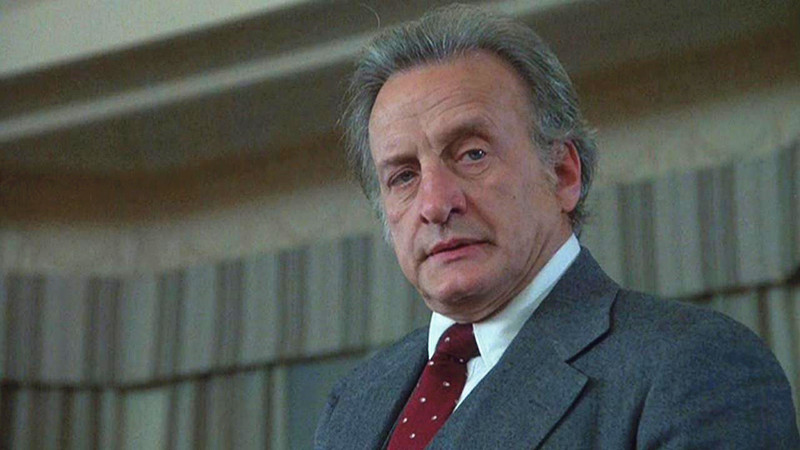
Not all horror films are campy cult favorites or revered masterpieces. Some are just like tasty junk food that helps you to remember times when it didn’t take much to scare you as a younger viewer.
These 10 films are such tasty junk food, but just like a candy bar they have at least a whiff of nutrition for discussion after viewing. They attempt to tackle some horror tropes and some underlying reasons we love scary stories in the dark. They’ve fallen off many a horror radar. Perhaps they should be revisited.
1. Lady in White
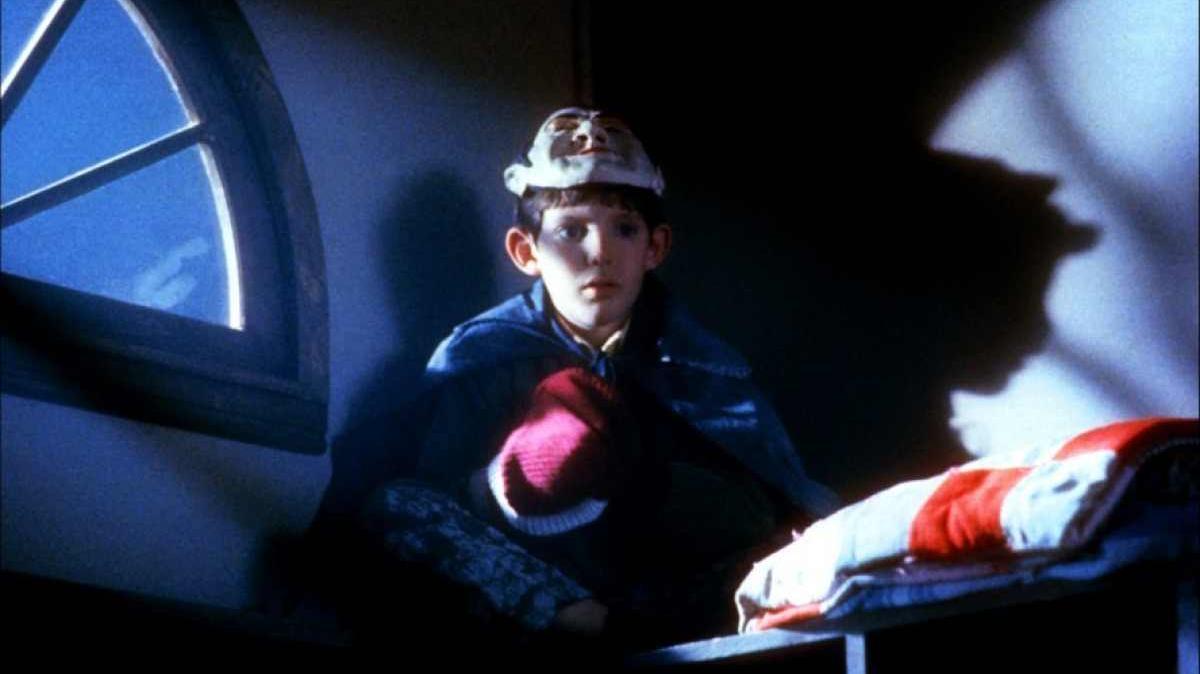
The second and final film of director Frank LaLoggia’s career, 1988’s Lady in White, was met with little enthusiasm and failed to make back its budget at the box office. The story concerns a young Lucas Haas’s (Brick) near death experience on Halloween in an idyllic 1960’s small town. Frankie Scarlatti (Haas) witnesses the ghost of a murdered child when he is locked inside the cloakroom at his school on all hallows eve.
The ghost is one of many children in the town that have disappeared over the years. Frankie is nearly killed himself that night when the murderer breaks into the school to grab possible evidence of his crimes. From there the story is a ghostly mystery where the apparitions play out their murders at the same time every night.
That lived in feel of the surroundings gives the film a much needed texture missing from similar period films today. The film feels like a long lost Stephen King adaptation the way the characters and plot unfold slowly with viable stakes tied to emotions earned from the audience. There is a sad melancholy that hangs over this movie in direct opposition to a film like, A Christmas Story, set in a similar time period, with similar teenage angst, but a decidedly different tone.
What sets this film apart from other period ghost stories is its willingness to explore ugly subjects connected to the main narrative. Subjects such as racism, pedophilia and family loyalty are all touched upon, but not in a way that would make this film seem like a message movie. A complete tapestry of the time and town is achieved. In addition to these subjects, the film also contains quite a lot of violence, but no gore. It is truly a ghost story to chill your bones, but not upset your stomach.
This film is like a lovely short story you read on a chilly night in winter. It has the power to leave you sad and haunted, if not necessarily scared.
2. Twixt
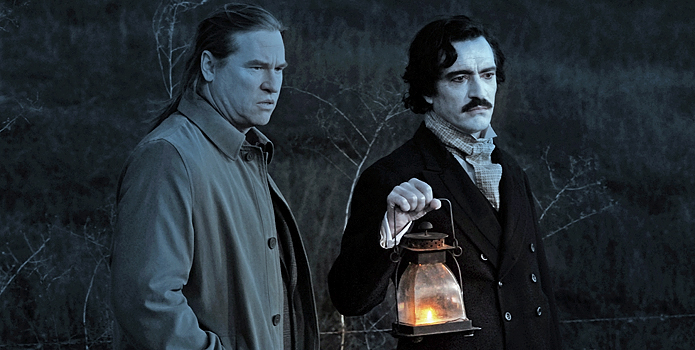
Seemingly a curiosity from director Francis Ford Coppola, this film has a b-movie feel to it, with a strange indie-film aesthetic. The story concerns a writer on a small, sad book tour making his way into a peculiar little town run by, of all people, Bruce Dern.
What starts as a straight forward plot begins to fracture into dreamscapes, conspiracy theories involving a serial killer, rough trade down by the lake, and an orphanage where ghosts frolic around with Edgar Allan Poe. As usual with latter day Coppola, the films zips around from idea to idea, dragging the game Val Kilmer along for the ride.
The narrative itself tries to pull everything together near the end to make a grand statement about parental guilt at the loss of a child, echoes of Coppola’s own son’s death haunt the last twenty minutes, but it ends up confusing things further. Then we have a final reveal that leaves things even more confused.
Much like Youth without Youth, it seems like the director is working something out on screen. Perhaps exorcising demons of his own, while also trying to comment on the nature of scary storytelling, who knows. It is a glorious mess to pick apart, and while this may not have the scares, it too leaves a haunted feeling behind. Like playing ghost in the graveyard at night in early spring.
3. Flatliners
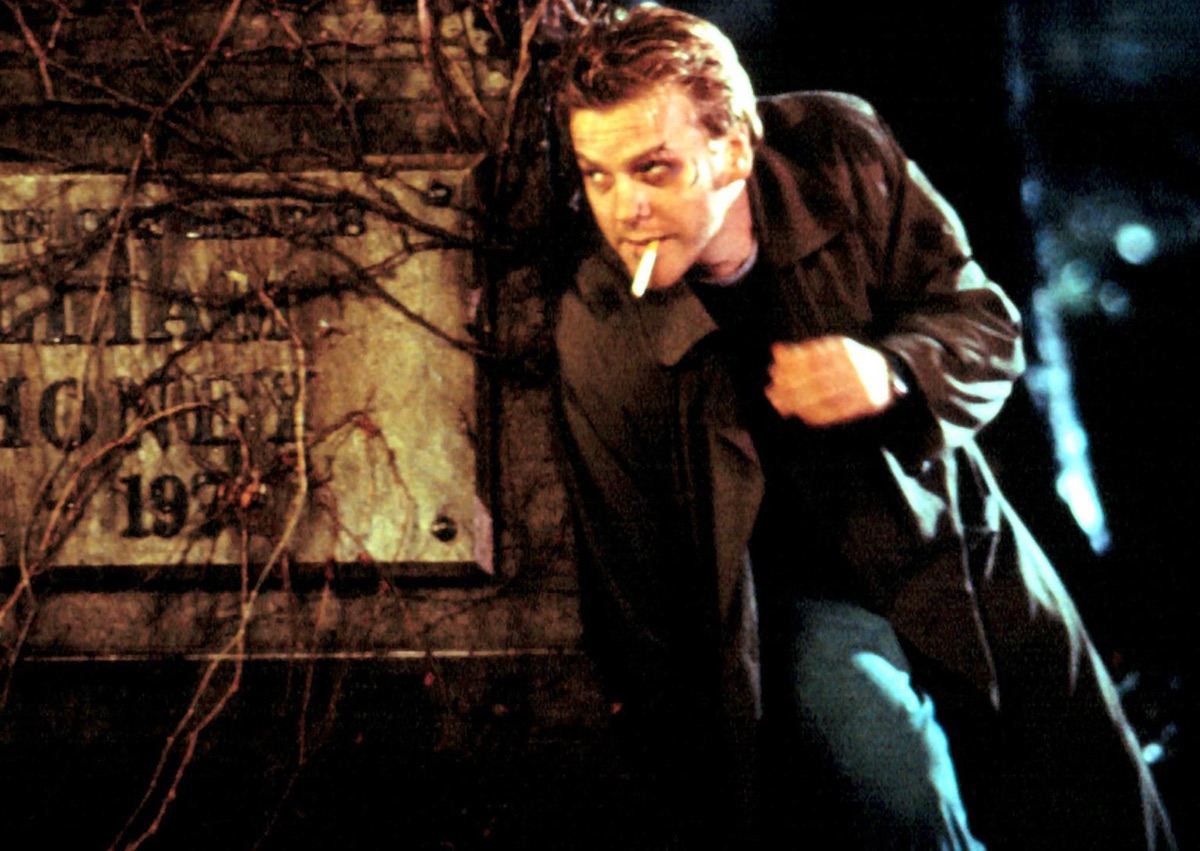
Soon to be remade with today’s cache of television pretties, this film from 1990 saw a good chunk of the brat-pack aesthetic applied to a horror film. Directed by none other than Joel Schumacher himself, the film finds attractive med students attempting to discover what lies beyond death.
Each induces clinical death in themselves then are revived by the others to recount their experiences, but wouldn’t you know, something comes back with them. Each character that undergoes the process is haunted by memories from the past that they feel guilt over in some way. Ironically, the witty and verbose Oliver Platt never goes through the death process, probably because he is the only logical character and would have found some way not to feel guilty about things he couldn’t control.
What is unique about the film is that the trope of ghosts trying to finish business they couldn’t because they died gets flipped around because these students willingly submit to the process, they are not haunted or possessed first. Then they proceed to alleviate their own guilt by apologizing to the people they hurt in the past.
It’s like a combination of The Sixth Sense and Ordinary People presented via Schumacher’s music video direction. The brat-pack has finally learned that they left a trail of collateral damage and they need to make amends. This film would be a great college dorm room watch near Halloween.
4. Serpent and the Rainbow
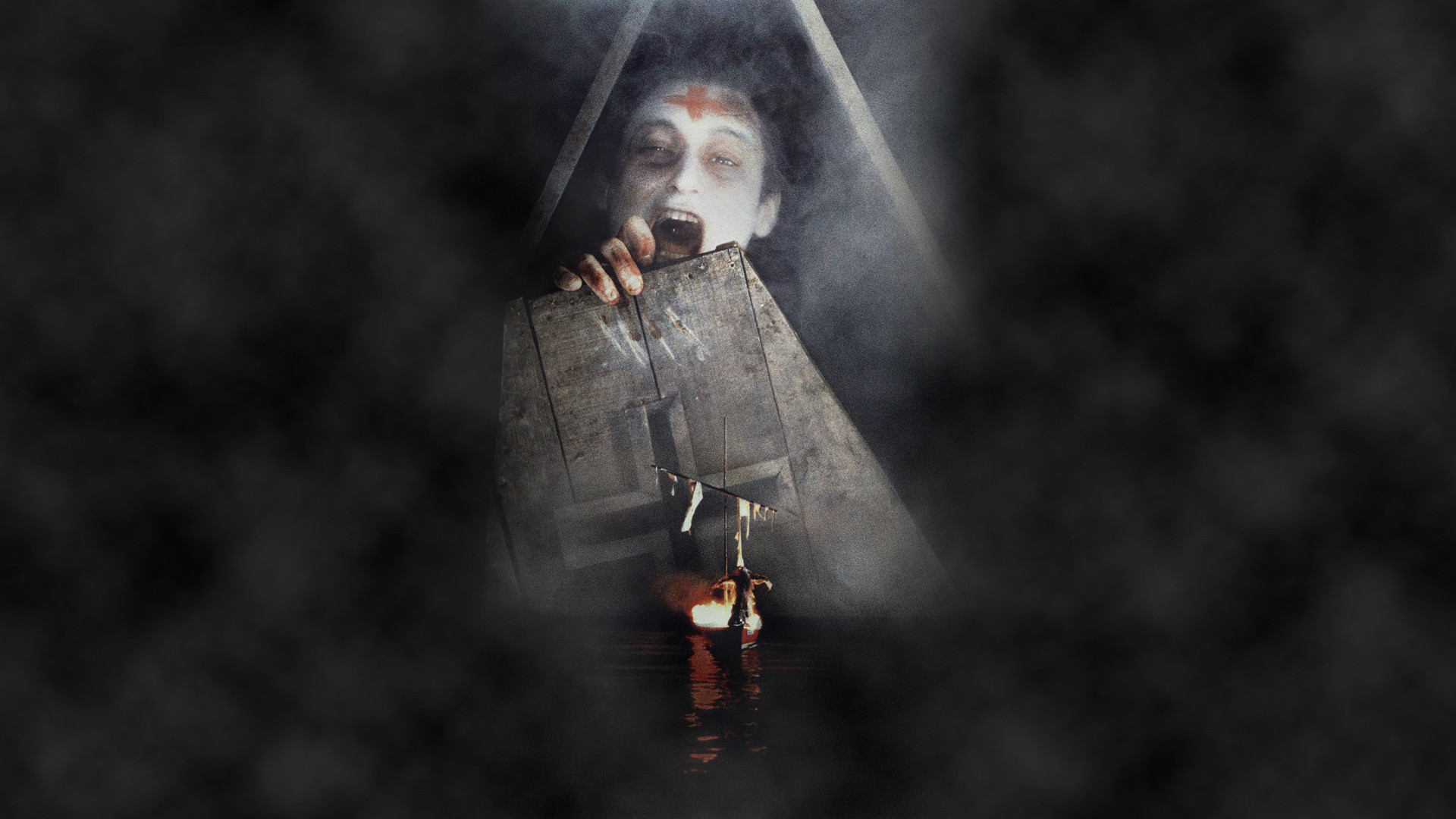
Based in part on actual reportage from Haiti in the 1980’s, this Wes Craven vehicle starring Bill Pullman tries desperately to capture the grit and sweaty ambiance of films like Angelheart and The Year of Living Dangerously. It ends up feeling like Indian Jones outtakes mixed with racism.
That’s not to say the film doesn’t have some scares, especially for those afraid of tight spaces and being buried alive. This movie is one of a handful that attempts to take the idea of real zombies seriously, while also trying to report on the terrible political, economic and social conditions of a haunted country like Haiti.
Bill Pullman works for a drug company that wants to procure a sample of zombie powder in order to patent it for use in surgeries as an anesthetic. He heads down to the source of the legend, where we get the idea of zombies in popular culture, Haiti, to see if his American dollars can buy enough of the sacred brew to bring back to his employers.
What follows is a slow descent into madness for Mr. Pullman as he not only must contend with a superstition obsessed set of locals, but also a stand-in for the horrific regime that ruled Haiti with an iron fist at the time. The film tries to include some social commentary, but ends up trying to scare you with 80’s cheese instead.
This film would be best enjoyed on a summer night when you feel like yelling at the screen more than listening to it.
5. Lord of Illusions
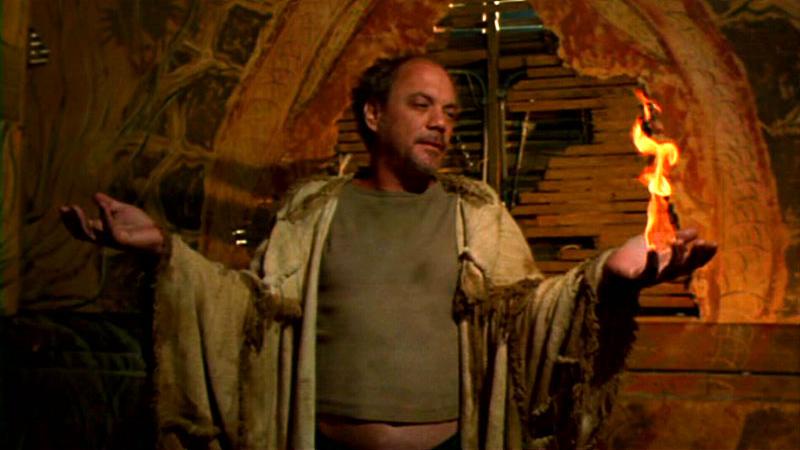
This film had such a troubled production, Clive Barker never made another film after it.
Featuring a spry Scott Bakula as beloved occult detective Harry D’Amour, from Barker’s own stories, the film falls into a narrow category of horror-noir. Why such genre pairing hasn’t been explored in film might have its roots in this film’s notorious flop at the box office.
Fans who loved the character felt betrayed by the story, which doesn’t exactly feature Harry as the main protagonist, and theater goers expecting another “end of days” style horror showdown were confused by the narrative threads that seemed to hint at a larger world or mythology. Sadly, anyone expecting the gore and dirt of Hellraiser would be disappointed too if they’d shown up.
The film follows D’Amour as he investigates the occult and a magic trick gone wrong. A famous magician in killed on a wheel as swords drop around him, go figure. It seems as if people in the real magic community are all scared of “the Puritan” also known as Nix who is said to be coming back from exile to wreak havoc on the world. Nix can send out his own magic, and people are afraid they will be next like the guys with his swords.
An epic showdown of good magic versus evil magic is poised to end the world. That is as coherent as the story gets before tackling the subjects of illusions, and real magic used in a secret cult.
What the film has to offer are some stunning set pieces, most notably when a magician loses control of his powers and the trick kills him. Barker was always good at staging horrifying scenes where human pain felt visceral to the audience. The acting is well done, for such a bloated fantasy, and the film stands with other ultimate evil/end of days type stories. Would it that Clive Barker were able to continue his films featuring Harry perhaps this mythology might be fleshed out more, and not just an illusion.